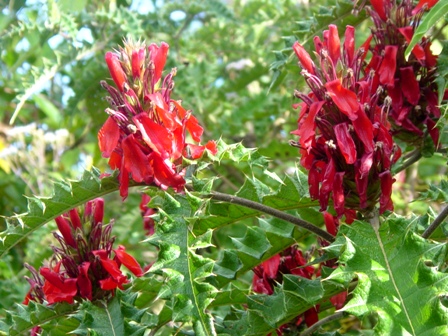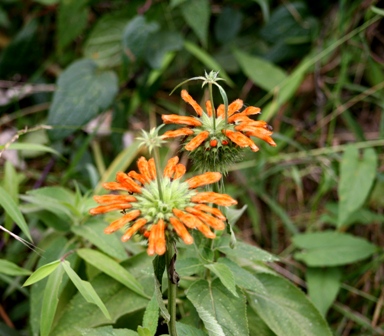
This project, funded by the JRS Biodiversity Foundation, aims to develop an online Living atlas of East African Floral (leaf) diversity that integrates new information (e.g., species occurrences, plot data, and traditional ecological knowledge) with legacy data. We will pre-populate the atlas with Ethiopian data as an initial beginning and train the next generation of students on its use to foster regional ownership, system investment, growing data contributions, and continued participation. The atlas will summarize data using maps of diversity, sampling effort, endemism, and species distribution to guide conservation actions and outcomes. This globally accessible system will “live” off of continued participation and grow as new contributions are added. The specific goals of this project are to:
 Because future natural resource managers in Ethiopia originate from local universities, training students on standardized vegetation monitoring protocols, biodiversity conservation, and the use of the atlas will build capacity and ensure widespread and continued system use. Conservation outcomes stemming from the creation and continued use of the atlas include identifying hotspots of Ethiopian plant diversity, developing baseline data pertaining to the status and trends of endemic species, continually updating species profile information with local knowledge, and sharing online plant species diversity maps based on known, vetted occurrences useful for predicting species distributions and suitable habitat. All data will be freely available for re-use and citable to credit the project, contributors, and funders. This will provide ecological data and contextual metadata to support work on theses, dissertations, and publications by students and scientists who may lack the resources to collect their own data. The overall aims of these conservation outcomes are to provide data to prioritize areas of potential conservation concern, identify hotspots of rare and endemic species, guide future construction projects to minimize impacts on regional flora, facilitate data discovery and exchange with other global informatics efforts for large-scale conservation planning, and build an extensible platform capable of supporting the biodiversity informatics needs related to East African floral conservation. Data in the atlas will help inform spatial maps of sampling effort that will help guide future data collection efforts, iteratively informing future contributions.
Because future natural resource managers in Ethiopia originate from local universities, training students on standardized vegetation monitoring protocols, biodiversity conservation, and the use of the atlas will build capacity and ensure widespread and continued system use. Conservation outcomes stemming from the creation and continued use of the atlas include identifying hotspots of Ethiopian plant diversity, developing baseline data pertaining to the status and trends of endemic species, continually updating species profile information with local knowledge, and sharing online plant species diversity maps based on known, vetted occurrences useful for predicting species distributions and suitable habitat. All data will be freely available for re-use and citable to credit the project, contributors, and funders. This will provide ecological data and contextual metadata to support work on theses, dissertations, and publications by students and scientists who may lack the resources to collect their own data. The overall aims of these conservation outcomes are to provide data to prioritize areas of potential conservation concern, identify hotspots of rare and endemic species, guide future construction projects to minimize impacts on regional flora, facilitate data discovery and exchange with other global informatics efforts for large-scale conservation planning, and build an extensible platform capable of supporting the biodiversity informatics needs related to East African floral conservation. Data in the atlas will help inform spatial maps of sampling effort that will help guide future data collection efforts, iteratively informing future contributions.
For more information on leaf, visit our website currently under construction, or contact Greg Newman at greg.newman@ColoState.EDU.